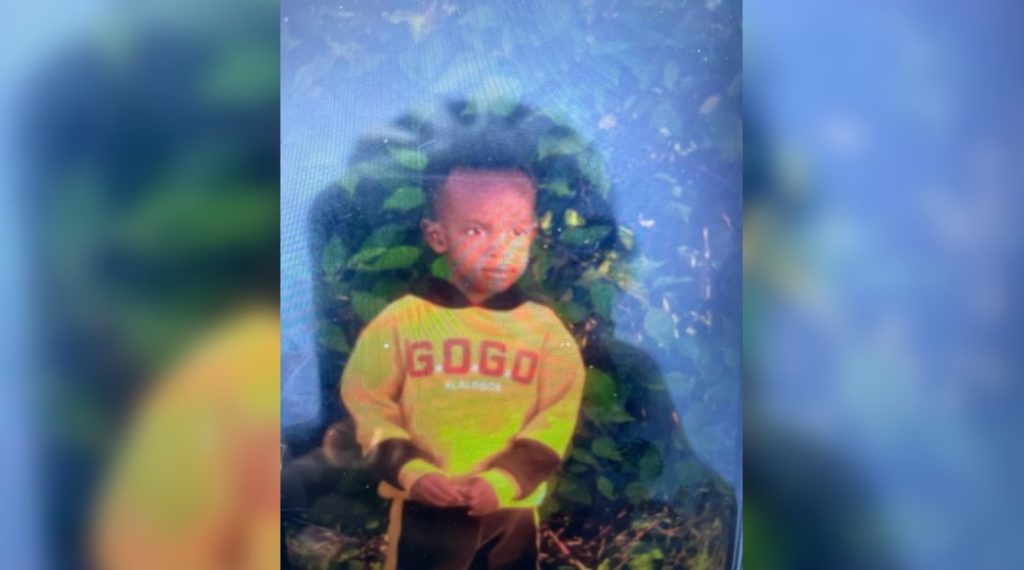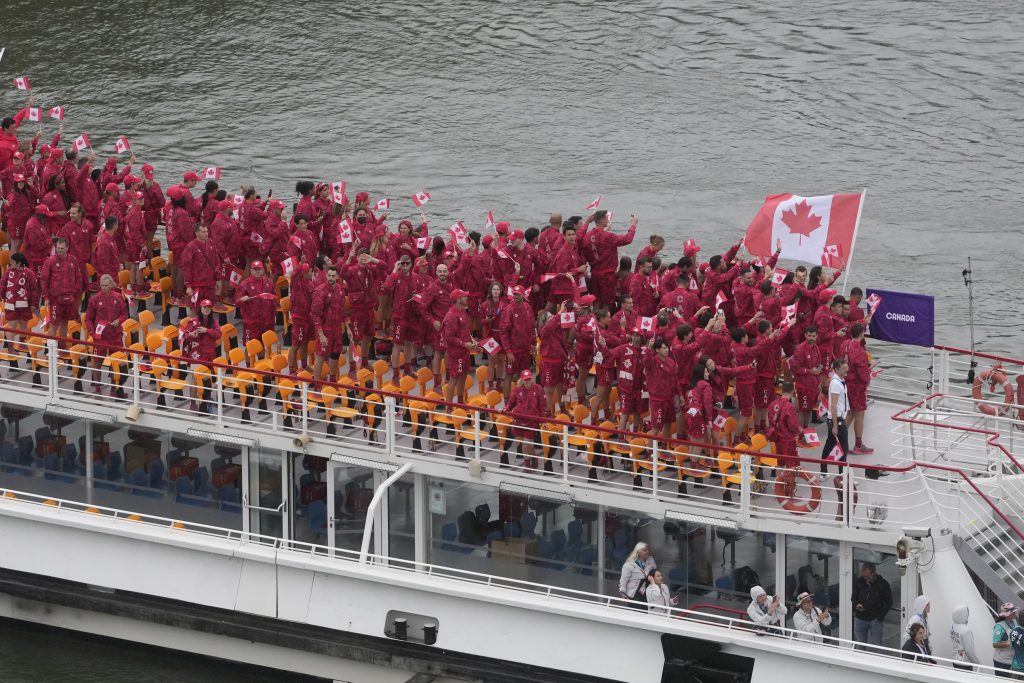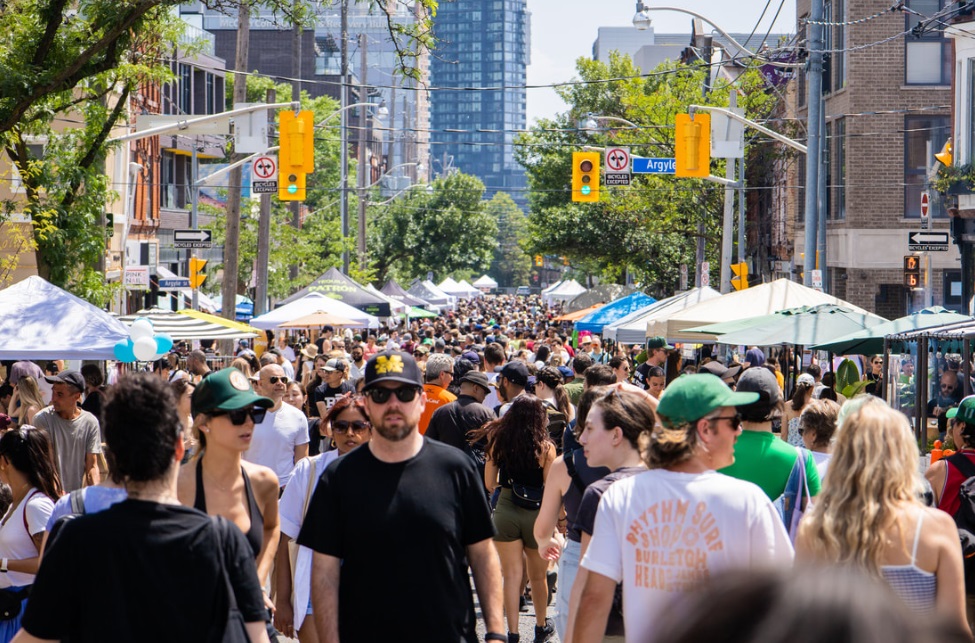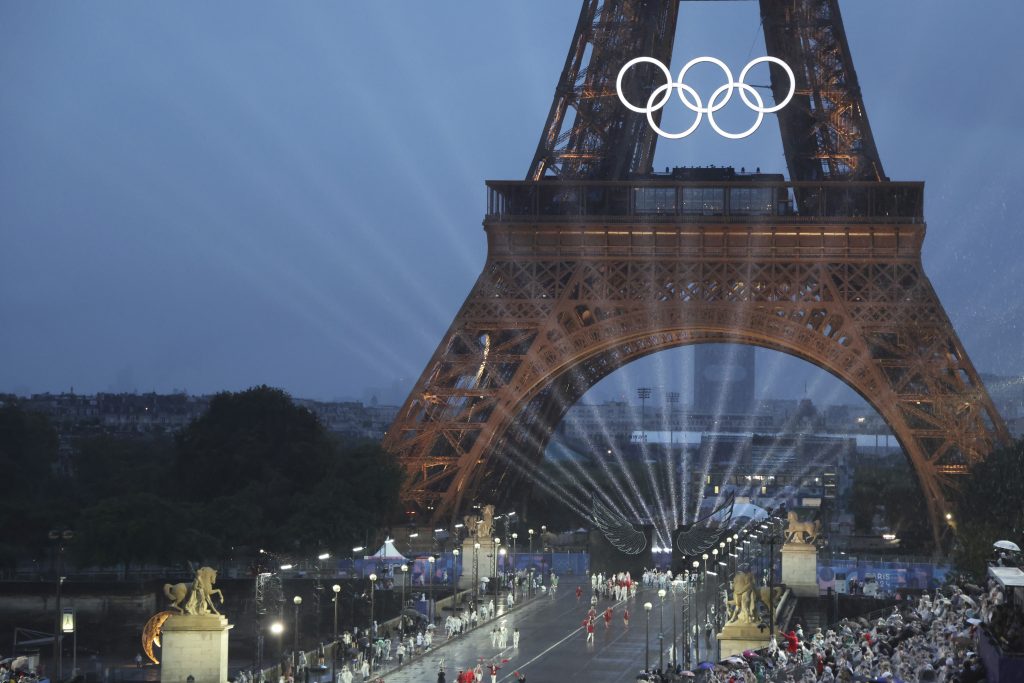Federal Liberal leadership race: Countdown to the vote
Posted April 1, 2013 9:46 am.
This article is more than 5 years old.
Almost two years ago, the federal Liberal Party of Canada suffered its most disastrous election results in party history. However, between April 7-14, party members and supporters will vote for a new leader — one who they hope will bring the party back to its glory days.
Unlike previous party leadership races, there won’t be a delegated leadership convention, in which voting takes place at the event itself. Instead, voting will take place over a week, following the “national showcase” at the Metro Toronto Convention Centre on Saturday, April 6. The results of the vote will be announced on Sunday, April 14, in Ottawa.
Six candidates are vying for the top job. They include: Martin Cauchon, Deborah Coyne, Martha Hall Findlay, Karen McCrimmon, Joyce Murray and Justin Trudeau.
Retired astronaut and MP Marc Garneau dropped from the race on March 13 and endorsed Trudeau, as did Toronto lawyer George Takach, who withdrew on Feb. 25. Ottawa lawyer David Bertschi dropped out on March 21 and endorsed fellow candidate Joyce Murray.
The leadership race was triggered following the resignation announcement of then Liberal leader, Michael Ignatieff, on May 3, 2011, the day after the federal election.
Although the party’s constitution stipulates a leadership vote must be held within five months of a departing party leader, several members of the Liberal caucus were reluctant to hold a third leadership vote in eight years, citing party instability. After considerable deliberations, the party’s National Board of Directors decided to adopt a constitutional amendment in mid-June, which would delay the leadership election to April.
The leadership race officially kicked off on Nov. 14, 2012, and this time around, each candidate’s spending limit was capped at $950,000, with a debt limit of $75,000 — both figures lower than the 2006 leadership race.
National showcase
Location and date/time: Metro Toronto Convention Centre; Saturday, April 6
At the showcase, the six candidates vying to be the party’s next leader will deliver their final pitches to party members and supporters. Voting will then commence the following day for a week; however, advance voting begins that evening.
Agenda details (draft)
9 a.m. – Registration opens
Noon – Doors open
1 p.m. – Tribute to interim Liberal leader Bob Rae
1:30 p.m. – Candidates deliver closing speeches
6 p.m. – Advance voting begins
Results announcement
Results of the vote will be announced at a two-hour event held at the Westin Hotel in Ottawa on April 14, from 5 p.m. to 7 p.m. The new leader of the Liberal Party of Canada then delivers an address.
Who can vote
Around 300,000 members and supporters of the Liberal Party have signed up to choose the party’s next leader. However, only those who registered to vote by March 21 were eligible to cast ballots during the week of April 6-14.
As of March 24, around 42 per cent (127,000) of supporters and members had registered to vote. The original deadline was March 14, but was extended by one week to March 21, as per a request by leadership candidate Justin Trudeau’s campaign team.
Voting details
Liberal party members and supporters will begin voting online or by phone at 12:01 a.m. ET on April 7, following the national showcase. Voting ends at 3 p.m. ET on April 14.
Voting is conducted using the preferential ballot system, which means a person only votes once. Each voter ranks his/her candidate selection in order of preference. The results are then tabulated using points.
How results are tabulated
Each electoral district/riding in Canada is allocated 100 points. With 308 ridings across Canada, that equals to a total of 30,800 points. A candidate has to receive 15,401 points to be declared the winner.
The number of points a candidate receives per riding is based on the ratio of the number of votes he or she receives by the total number of votes in that riding. The points from all ridings are then added to produce the national count.
The candidate with the least national points is eliminated from the ballot. His or her votes are distributed among the remaining candidates, according to the voter’s next candidate selection on the preferential ballot.
Points are once again added based on the above procedure, and the process repeats itself until one candidate reaches 15,401 points.
Candidate details
Justin Trudeau, 41
www.justin.ca
-Liberal MP for Papineau since 2000
-Son of former Canadian prime minister, Pierre Trudeau
-Key supporters: MPs Scott Brison, Ralph Goodale, former MPs Sheila Copps, Dan McTeague, former Ontario minister of finance Dwight Duncan, Mississauga Mayor Hazel McCallion, and former leadership candidate George Takach
Joyce Murray, 58
joycemurray.ca
-Liberal MP for Vancouver Quadra since 2008
-Elected MLA (Members of Legislative Assembly) in the B.C. government, served as minister of environment, 2001-2004
-Key supporters: Past MP Lloyd Axworthy, environmental activist David Suzuki, and former leadership candidate David Bertschi
-Issues: Supports one-time electoral co-operation with the NDP and Greens in order to defeat Tories in the 2015 federal election
Martha Hall Findlay, 53
www.marthahallfindlay.ca
-Currently an executive fellow at the University of Calgary
-Former MP for Willowdale, 2008-2011, lost her seat in the 2011 federal election
-Candidate in the 2006 Liberal leadership race
-Proposes national energy strategy for energy infrastructure
Karen McCrimmon, 54
www.karenmccrimmon.ca
-Retired lieutenant-colonel in the Canadian Forces, first woman to command a Canadian air force squadron
-Liberal candidate in the riding of Carleton-Mississippi Mills in the 2011 federal election
-Issues: Tackle student debt and youth unemployment, and better benefits for war veterans in Canada
Deborah Coyne, 58
www.deborahcoyne.ca
-Toronto lawyer and author
-Ran for MP seat in the Toronto-Danforth riding in the 2006 federal election
-Issues: Introduce carbon tax, proposes mix of public and private health care, reforming electoral system, replace sporadic first ministers meetings with a formal council of Canadian governments
Martin Cauchon, 50
www.martincauchon.ca
-Former MP for the riding of Outremont, 1993-2004
-Served as minister of justice in former prime minister Jean Chrétien’s cabinet
-Led the move to decriminalize marijuana and legalize same-sex marriage
Backgrounder
2011 election results
The federal Liberals lost 43 seats (going from 77 to 34 seats) in the 2011 election, and slipped to third-party status behind the New Democratic Party. It was the worst election result in party history and the first time since Confederation in 1867 that the Liberals did not finish first or second.
The NDP won 67 seats, going from 36 to 103 seats. The “orange crush” led the party to become the Official Opposition for the first time.
Interim leadership
The day after the 2011 federal election, Ignatieff announced he would resign as leader of the Liberal Party of Canada upon selection of his successor.
As per the party’s constitution, a leadership vote has to take place within five months of a departing leader; however, the party decided to opt for an interim leader — Bob Rae — who would guide the party for up to two years, before selecting a permanent leader.
Rae was initially viewed as a potential contender for the leadership race. The party’s National Board of Directors said Rae would be able to run, but had to step down as interim leader in the summer. However, Rae announced on June 13, 2012, that he would not seek the permanent leader post, and would remain interim leader until the leadership vote in April.
With files from The Canadian Press








